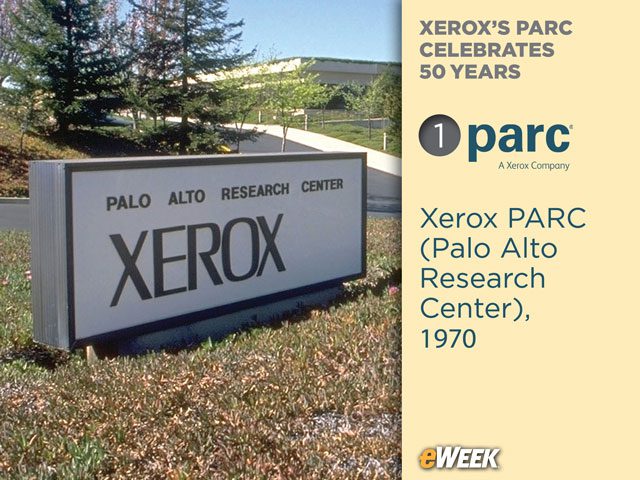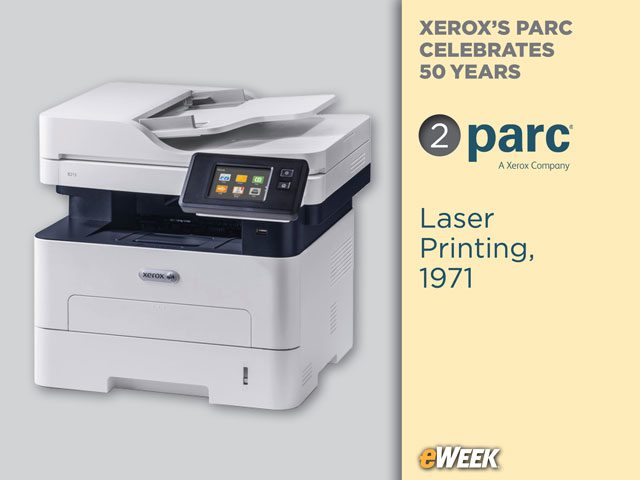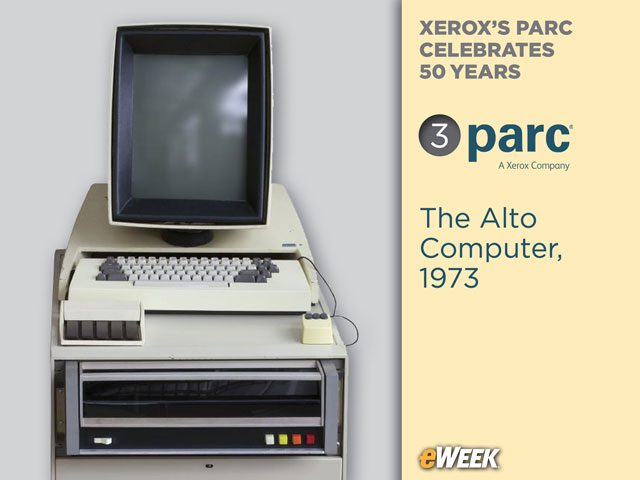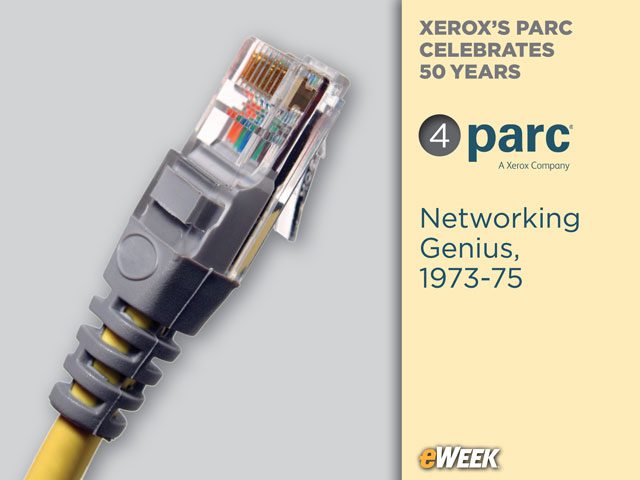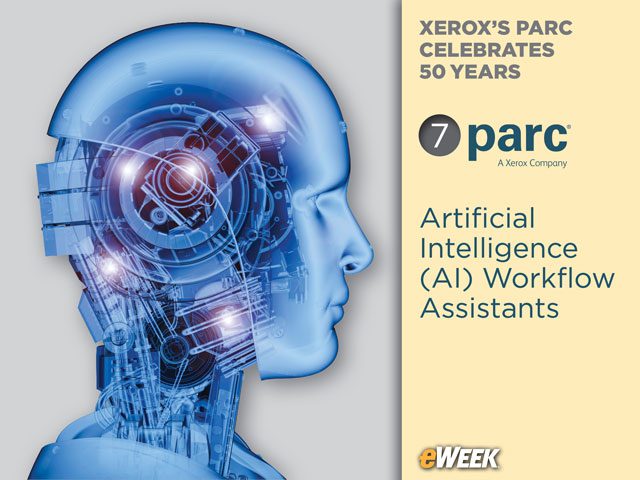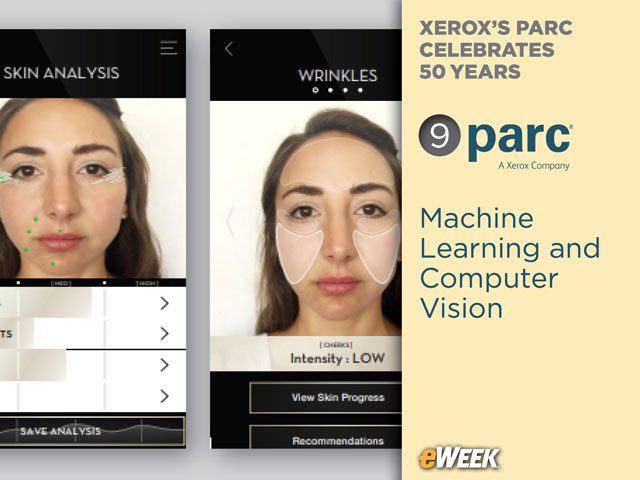eWEEK content and product recommendations are editorially independent. We may make money when you click on links to our partners. Learn More.
1Xerox PARC Celebrates 50 Years
2Xerox PARC, 1970
Xerox PARC, which holds more than 3,000 patents in its 50 years of existence, is a legendary IT creative resource in Silicon Valley. Ideas that originated in this lab in the Palo Alto, Calif., foothills include computer networking, the graphical user interface, the personal computer and laser printing—just a few rather important inventions.
3Laser Printing, 1971
4The Alto Computer, 1973
In 1972, Xerox decided to produce a personal computer for research purposes. This became the Alto computer, the result of a joint effort by Ed McCreight, Chuck Thacker, Butler Lampson, Bob Sproull and Dave Boggs, who were attempting to make a device that was small enough to fit in an office comfortably yet powerful enough to support a reliable, high-quality operating system and graphics display. Its GUI featured windows and icons. A few years later, Steve Jobs and Steve Wozniak borrowed some of these ideas and started Apple Computer.
5Networking Genius, 1973-75
6Bitmap Graphics, 1980s
A bitmap or pixmap is a type of memory organization or image file format used to store digital images. The term bitmap comes from the computer programming terminology, meaning a spatially mapped array of bits. Now, along with pixmap, it commonly refers to the similar concept of a spatially mapped array of pixels. Common uses are the standardized compressed bitmap files such as GIF, PNG, TIFF and JPEG.
73D Printing
Xerox developed a new liquid metal technology that is poised to transform manufacturing. Parts made with this liquid metal technology are denser, faster to make and cheaper compared to those made with existing metal powders. The technology uses off-the-shelf alloys and enables manufacturers to make parts from start to finish in hours instead of days without sacrificing quality or strength. Pairing this technology with Xerox’s AI-based 3D software will revolutionize the supply chain.
8Artificial Intelligence (AI) Workflow Assistants
Xerox researchers at PARC are finding new ways to use AI to help solve some of the world’s most mundane (but important) problems, leveraging Xerox’s proven track record of creating workplace solutions. Xerox is in the process of bringing technology to the market now that will assist knowledge workers in authoring business documents.
9The Internet of Things (IoT)
Xerox’s PARC has partnered with the Defense Advanced Research Projects Agency (DARPA) and a number of external companies via their open innovation model to develop solutions using their expertise in IoT and machine learning. For one example, they worked with the East Japan Railway Company and employed IIoT System Analytics to help improve train efficiency and safety for their more than 6 billion yearly passengers by using advanced machine-learning and model-based system analyses approaches. Xerox is now working on developing commercial solutions that use IoT technology developed at PARC.
10Machine Learning and Computer Vision
Xerox’s PARC worked with Olay, the Procter & Gamble skin care leader, to develop a deep learning-powered skin analysis and recommendation platform to enable smarter, more personalized skin care. Using Xerox’s experience in building advanced machine learning systems across industries, Xerox’s PARC and Olay co-developed a platform that makes predictions of skin conditions based on customer selfies.
11Sustainability
The significant impact of climate change is front of mind for many, and Xerox is applying business resources to develop new clean technologies that create a more sustainable world. Xerox’s PARC has been working in this space for years, partnering with the Department of Energy’s ARPA-E on projects to detect methane leaks at natural gas wells, prevent heat loss from windows, and create printed batteries.
12Explainable AI
Xerox’s PARC is working with DARPA to develop explainable AI via The COGLE Project (Common Ground Learning and Explanation). The goal is to enable human-machine collaboration by creating a common language between drones and humans to accomplish tasks, such as finding a lost hiker in the woods. The human and drone need to establish some common ground, or common language, to be able to work well together to get a result.

